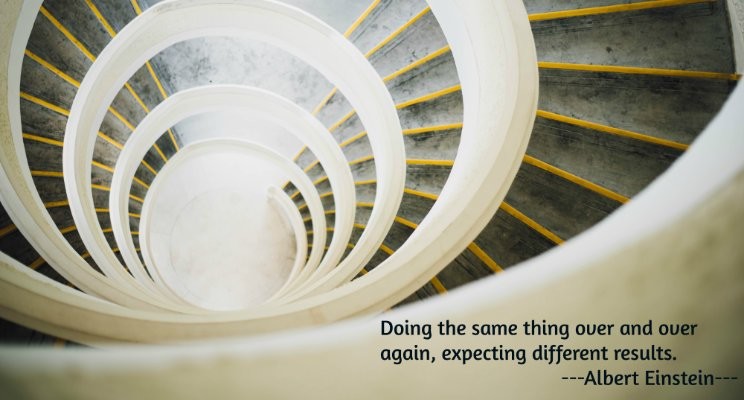We could have a healthy debate about top challenges in the workplace, but I believe the task of managing a group of people that you have no influence over to achieve a goal in which you are the only person dedicated to and accountable for achieving is at the top of the list. AKA – Project Management.
I’ve led dozens of projects as well as other Project Managers and regardless of industry, size, or type of project, the project challenges are the same. When you strip away all the details around why something went wrong on a project more often it comes back to a people issue, not a technical issue. However, many of our project management tools and techniques for solving project problems are reactive computational measures and not proactive behavioral methods. For the first time, we have four generations of people in the workplace and the differences between those working groups play out every day in project teams — in many cases to the detriment of the project.
A few years ago I was sitting in a project meeting befuddled by the progress updates (or lack of). I realized that the team didn’t need me to “manage” them, they knew what to do and how to do it. They needed me to enable them. BUT, I had to engage each of them in a different manner while still cultivating a team environment. Hmm, this sounded familiar — it sounded like the job of any coach of any sports team that I’d ever played on. After that meeting, I started to form a picture of a Project Coaching model. And it was that project that I began to experiment with my approach.
I took the typical Stakeholder roles and re-named them to common roles in sports organizational structures. Initially, I concentrated on the player roles (i.e. Grinder, Playmaker, Utility Player, Franchise Player, etc.) and layered in the other stakeholder roles over time. Focusing on “The Players” has proved to be the key to project team success for me. In a successful sports team, every player has a role or a job on the team. The team succeeds if every player plays their role/does their job. So on each project, I try to identify the type of player each of my team members is most likely associated with. What role are they going to play? That helps me understand and anticipate their behavior such as motivators/influencers, engagement levels, and interpersonal skills. Then, I can undertake the more traditional project management tactics of creating communications plans, risk assessments, and workload balancing. Because as a Coach, on the sideline of a game, I’m going to mentor every player differently and at different points to get the team to work together to execute our game plan.
The level of project maturity in an organization may add new dimensions to the Stakeholder chart, but the people within those organizations, on project teams, are going to be similar. This approach might not work in every situation and some people just aren’t going to get it. But if the project you are currently “managing” isn’t meeting expectations, try “coaching” it. The change in perspective may change your current approach. And your results.
___________
Need Help getting started?
If you are ready to grow and want to improve your ability to compete, let’s talk.
TGR Management Consulting is a proud woman-owned consulting company, focused on helping companies maximize efficiency, elevate productivity, and amplify profitability. Connect or follow Tiffany Rosik, CEO of TGR Management Consulting on LinkedIn.




